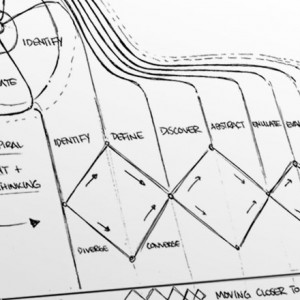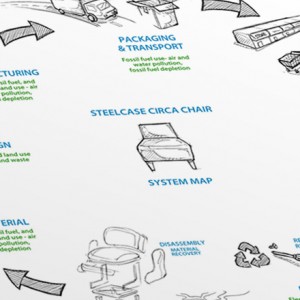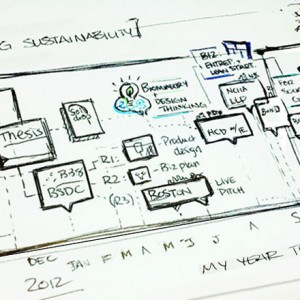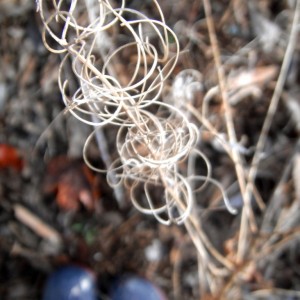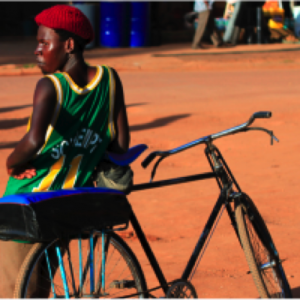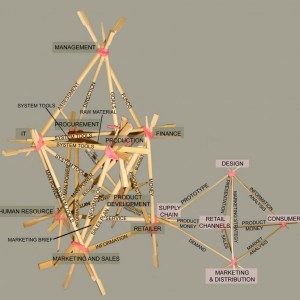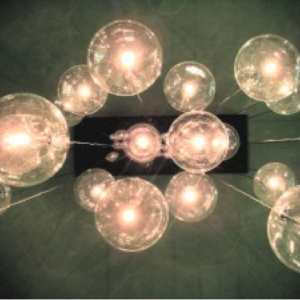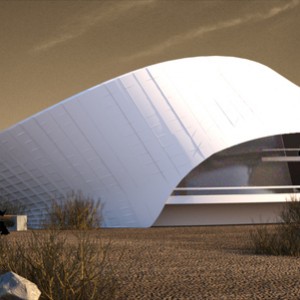Alumni Update: Learning From Nature
During the 2012–13 Biomimicry Student Design Challenge (BSDC) competition, I discovered that solving humanity’s biggest design challenges requires new skills applied within a comprehensive framework that integrates sustainability. I gained a deeper understanding of the Buckminster Fuller Institute‘s tenet of what Fuller described as “comprehensive anticipatory design scientists.” (Fuller, 1999) Learning from nature Biomimicry, the →
